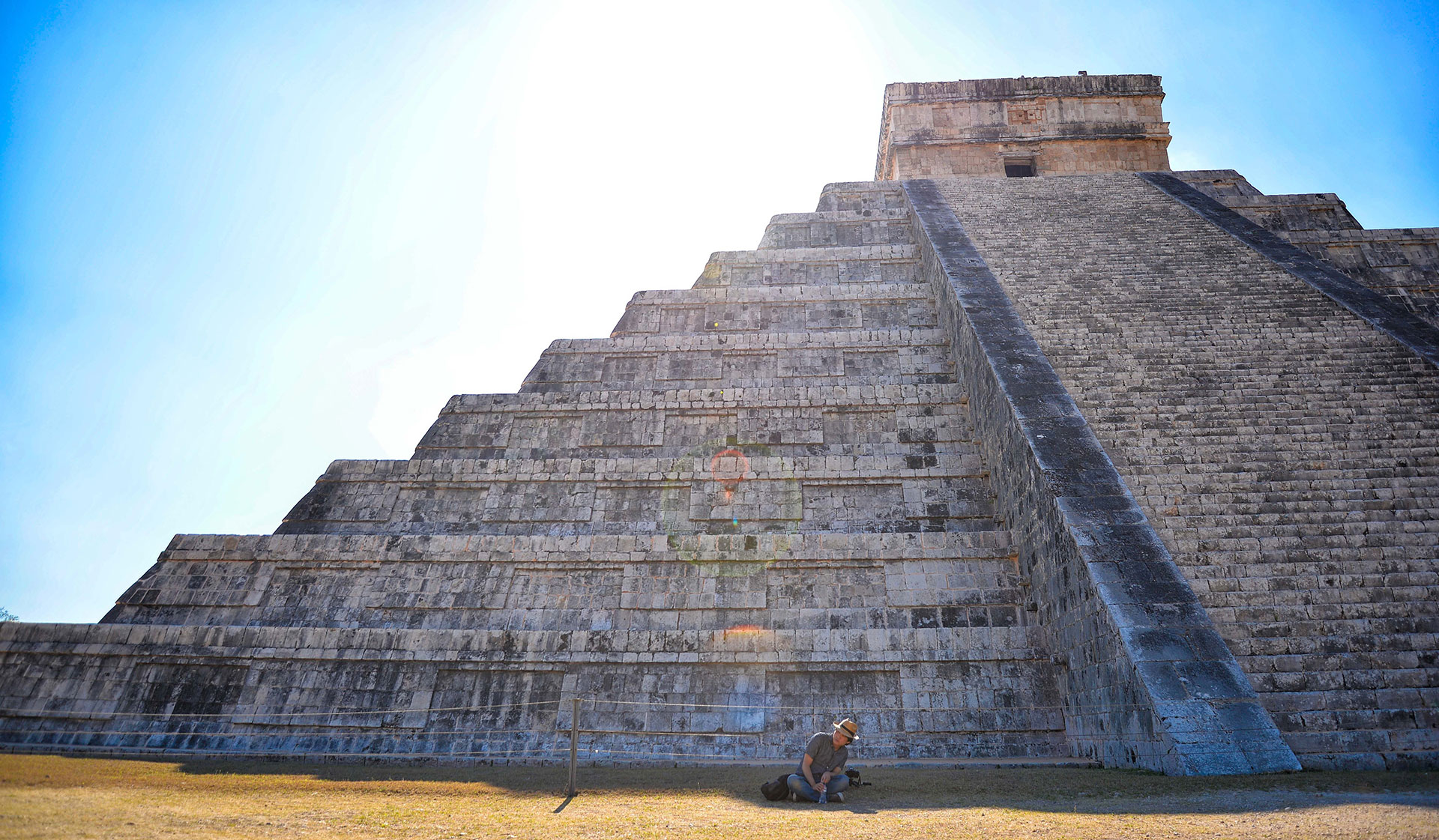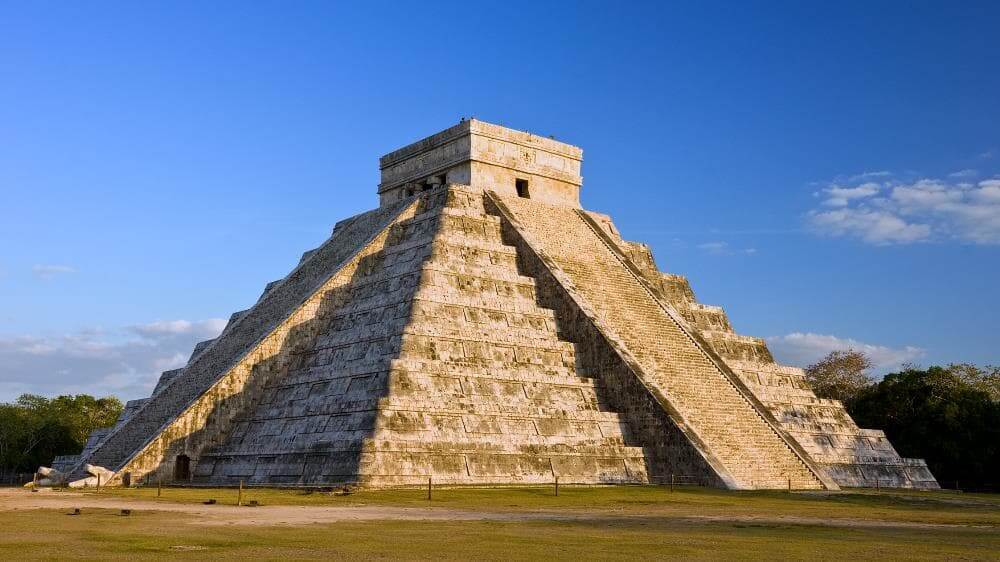
On the equinoxes the sun is positioned directly over equator and the length of day and night is nearly equal. This means earth's north and south hemispheres are receiving the suns' rays equally, 12 hours each. Even the word "equinox" comes from the Latin and means "equal night".
The Spring Equinox sets the beginning of spring and the end of winter. That's why in many places in Mexico, they celebrate spring festivals or "festivales de primavera".

Chichen Itza is the most popular spot in Mexico to celebrate the spring equinox. During the spring equinox, thousands of visitors gather to witness the phenomena of natural light and shadow movements. Specially the serpent that descent step by step in El Castillo Pyramid. The shadow effect that the mayans created, showcases a 120 ft length snake creeping downstairs until it joins a huge serpent’s head at the bottom of the stairway.
Equinox in Chichen Itza is truly a dramatic display of Mayan Astronomy, stunning architecture and incredible geometry knowledge. People built the Pyramid to measure the time of year, and when the hours of day and the hours of the night were equal in 1500 BC.
It is an experience of lifetime for many visitors. This unique show lasts for a few days between the 19th and 23rd of March and starts around 4 pm (the dates for the spring equinox may change from year to year). Although, the light effect is most evident on the actual date of the spring equinox. Even Easter is calculated according to the date of the spring equinox.
The Fall Equinox, on the other hand, happens in the north hemisphere, between the 22nd and 23rd of September. The fall equinox shows shorter days and it’s characterized by the falling of the leaves and the beggining of the coldest time of the year, including harvest season and animal migration.